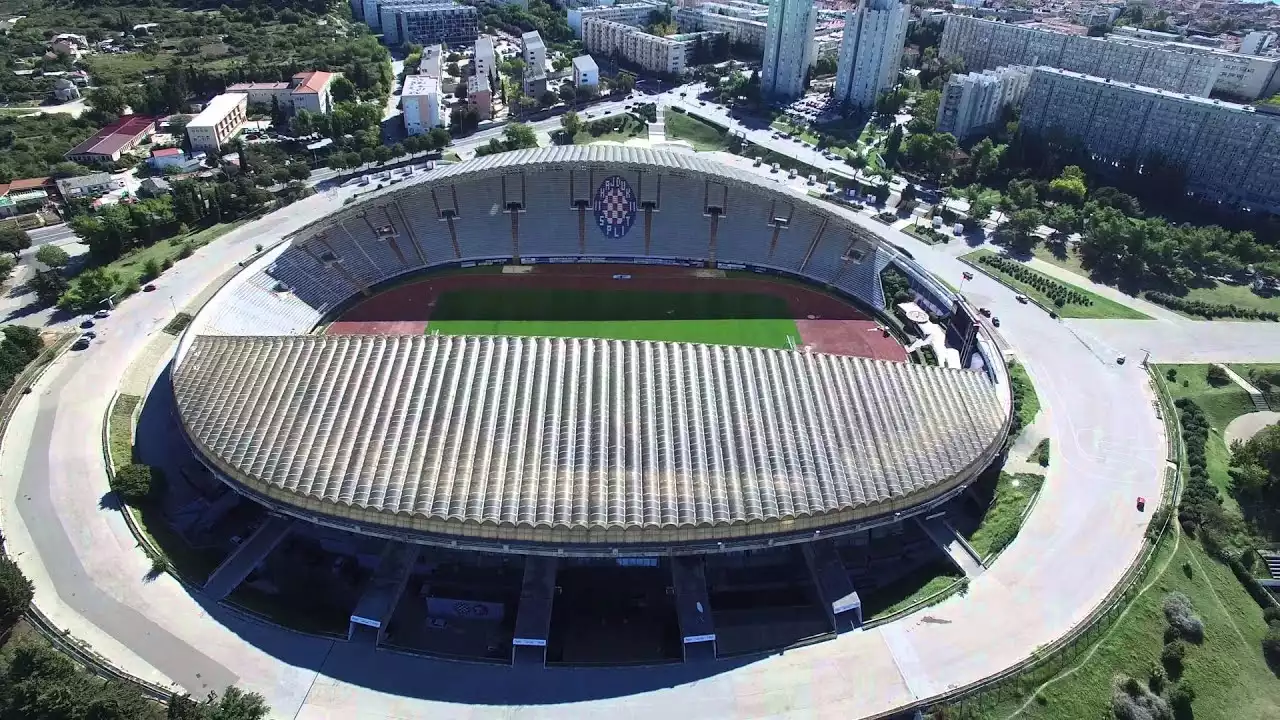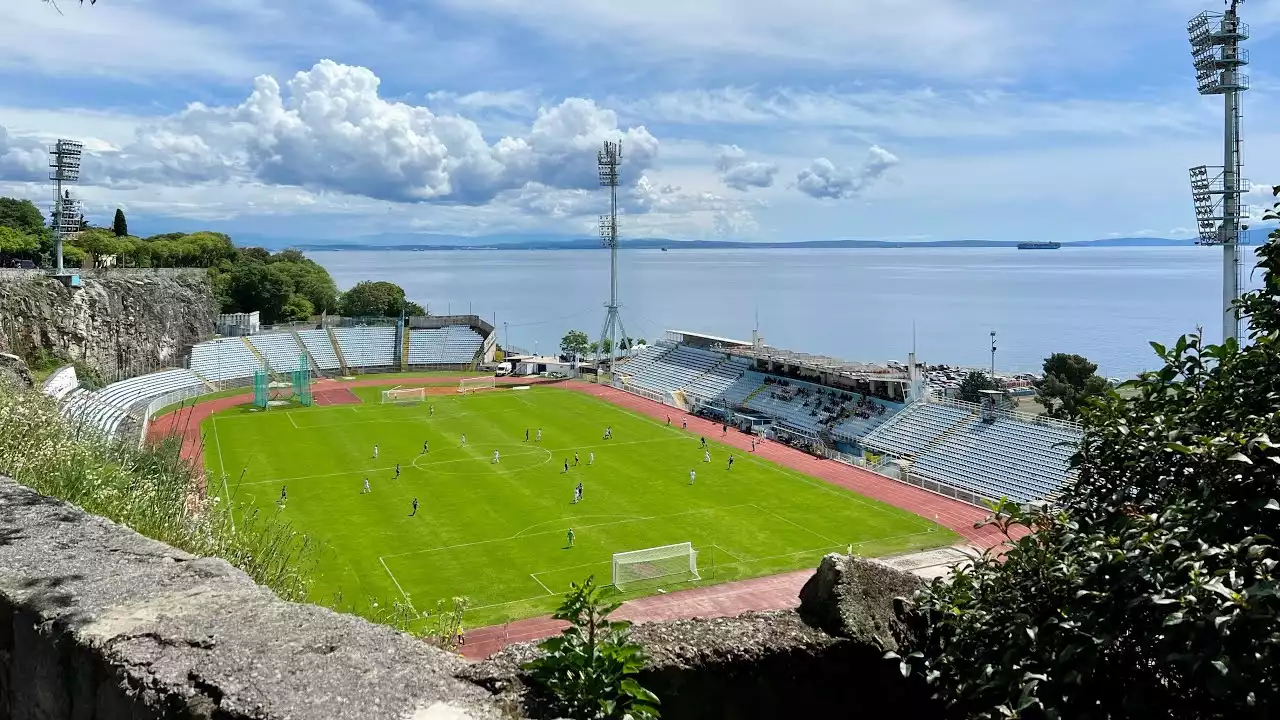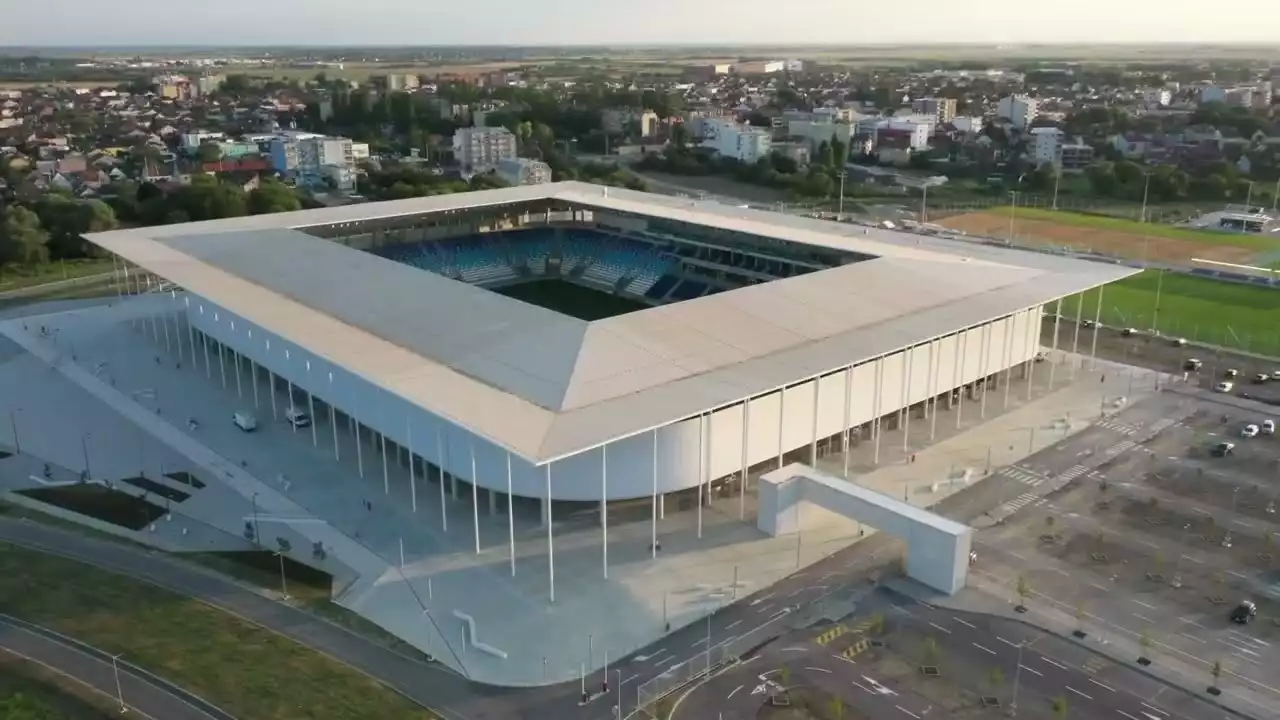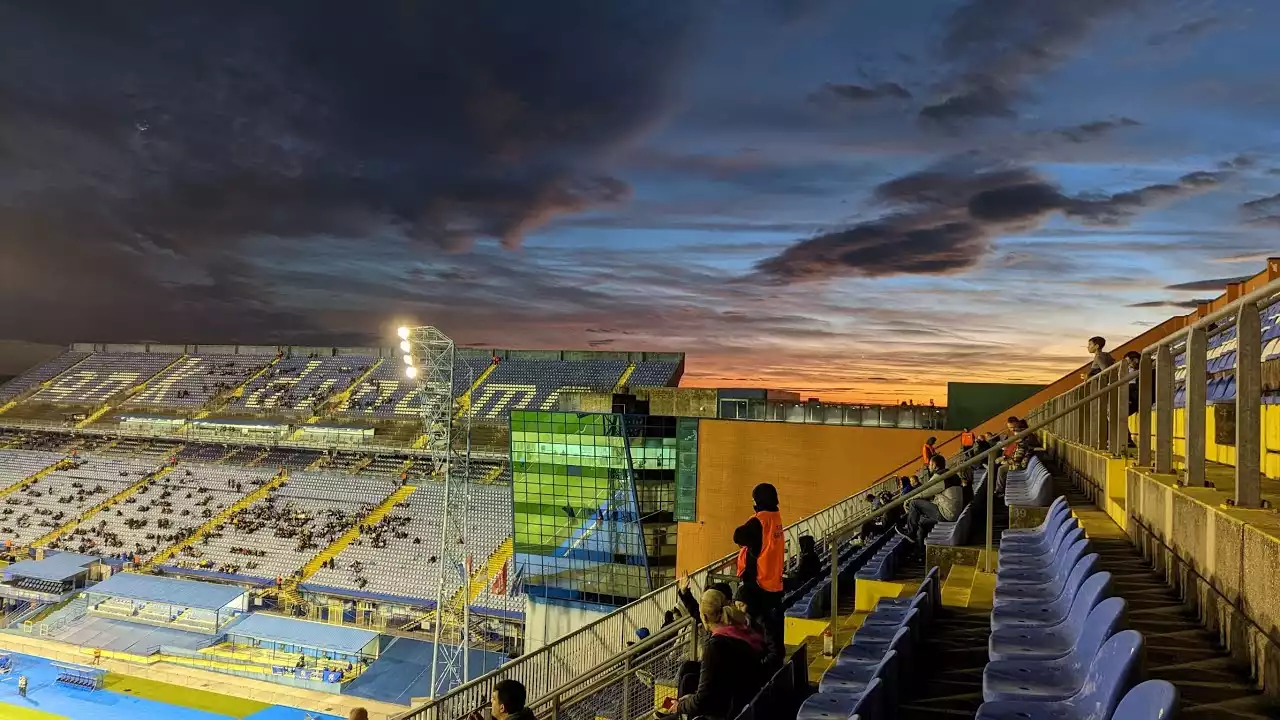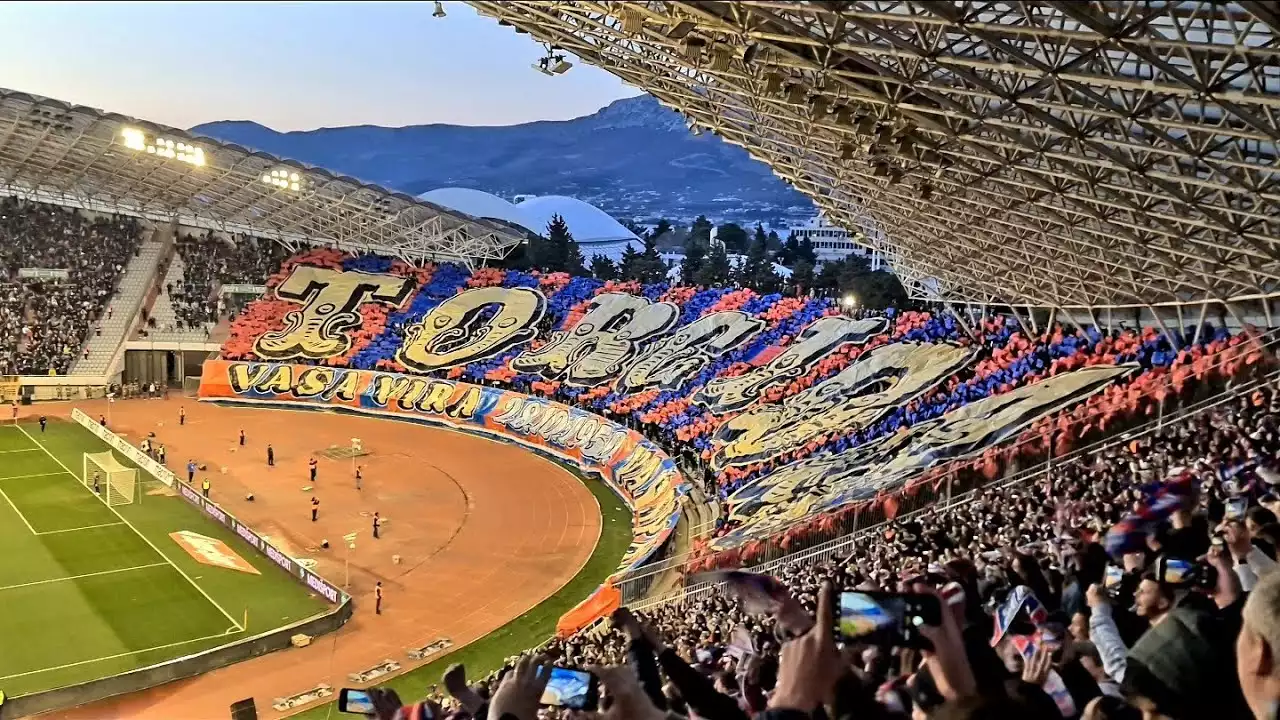The Role of Stadiums in Urban Development
Modern stadiums play a crucial role in the development of urban areas. These structures have the potential to transform the landscape of a city, attracting both locals and tourists alike. They serve as focal points for community gatherings and events, bringing people together and fostering a sense of pride and identity.
Stadiums also act as catalysts for urban regeneration. The construction of a stadium often leads to the revitalization of the surrounding area, with new businesses, restaurants, and entertainment venues springing up to cater to the influx of visitors. This, in turn, creates new job opportunities and boosts the local economy.
Economic Benefits of Stadiums
The economic benefits of stadiums are multi-faceted. Firstly, they generate revenue through ticket sales, concessions, and merchandise. Sporting events held at these venues attract large crowds, resulting in significant income for the city. Additionally, the presence of a stadium can attract major events such as concerts, conferences, and exhibitions, further contributing to the local economy.
Moreover, stadiums have a positive impact on tourism. International visitors are often drawn to cities that host renowned sporting events, resulting in increased tourism revenue. The exposure gained through such events helps promote the city as a desirable destination, encouraging visitors to explore beyond the stadium.
Case Studies of Successful Stadium Projects in Croatian Cities
Croatia has seen several successful stadium projects that have had a significant economic impact on their respective cities. One such example is the Maksimir Stadium in Zagreb. With a seating capacity of over 35,000, the stadium serves as the home ground for Dinamo Zagreb, one of Croatia's most successful football clubs. The stadium attracts thousands of spectators for each match, generating substantial revenue for the city.
Another notable example is the Stadion Poljud in Split. This stadium, with its unique architecture and seating capacity of over 34,000, is home to Hajduk Split, another prominent football club in Croatia. The stadium has not only become a symbol of the city but has also contributed to the growth of tourism and increased business opportunities in the surrounding area.
The Impact of Stadiums on Tourism and Local Businesses
Stadiums can have a significant impact on tourism, attracting visitors from near and far. Major sporting events held at these venues draw international attention, leading to increased hotel bookings, restaurant reservations, and other tourism-related spending. Local businesses, especially those located in close proximity to the stadium, benefit greatly from the surge in visitor numbers.
For example, restaurants and bars near stadiums experience higher foot traffic on match days, resulting in increased sales and revenue. Hotels in the vicinity of stadiums often see higher occupancy rates during major events, leading to a boost in their overall profitability. The economic ripple effect extends beyond the stadium itself, benefiting various sectors of the local economy.
Job Creation and Employment Opportunities through Stadiums
One of the most significant economic benefits of stadiums is the creation of employment opportunities. Stadiums require a vast workforce to operate efficiently, ranging from event management and security personnel to maintenance staff and food service workers. The construction of stadiums also provides temporary employment for a considerable number of workers.
Moreover, the presence of a stadium can stimulate job growth in related industries. The increased tourism and business activity generated by sporting events create a demand for additional services, such as transportation, hospitality, and retail. This, in turn, leads to job creation and a more robust local economy.
Challenges and Risks Associated with Stadium Projects
While stadiums can bring substantial economic benefits to cities, they also come with challenges and risks. One of the primary concerns is the financial burden placed on the city or municipality funding the construction of the stadium. Stadium projects often require significant investment, and if not managed effectively, can lead to financial strain and long-term debt.
Another risk is the underutilization of stadiums outside of major events. If stadiums are not used regularly or do not attract significant crowds, their economic impact may be limited. It is crucial for cities to carefully consider the long-term viability and sustainability of stadium projects to ensure they continue to contribute to the local economy over time.
Strategies for Maximizing the Economic Impact of Stadiums
To maximize the economic impact of stadiums, cities can adopt several strategies. Firstly, developing a comprehensive marketing and promotion plan can help attract visitors and increase ticket sales for sporting events. Collaborating with tourism boards and local businesses to create package deals and special offers can further incentivize visitors to attend events and explore the city.
Additionally, cities can actively pursue hosting major international events and tournaments to attract a global audience. The exposure gained from hosting such events can have a lasting positive impact on the local economy, boosting tourism and attracting investment. It is also essential to invest in infrastructure and transportation systems to ensure seamless access to stadiums, further enhancing the visitor experience.
The Future of Stadium Economics in Croatian Cities
The future of stadium economics in Croatian cities looks promising. As the country continues to gain recognition in the sports world, there will be increased opportunities for hosting major international events. This, coupled with ongoing tourism development and investment in infrastructure, will further strengthen the economic impact of stadiums on Croatian cities.
However, it is crucial for cities to approach stadium projects with careful planning and consideration. Thorough feasibility studies, effective financial management, and ongoing evaluation of the economic impact are essential to ensure the long-term success of these projects. By doing so, Croatian cities can continue to leverage the economic benefits of stadiums while enhancing the overall experience for visitors and residents alike.
Stadiums play a vital role in cities. They generate revenue, attract tourists, create employment opportunities, and contribute to urban regeneration. While there are challenges and risks associated with stadium projects, careful planning and strategic implementation can maximize their economic impact. As Croatia's sports scene continues to thrive, stadiums will remain key drivers of economic growth and community pride.
